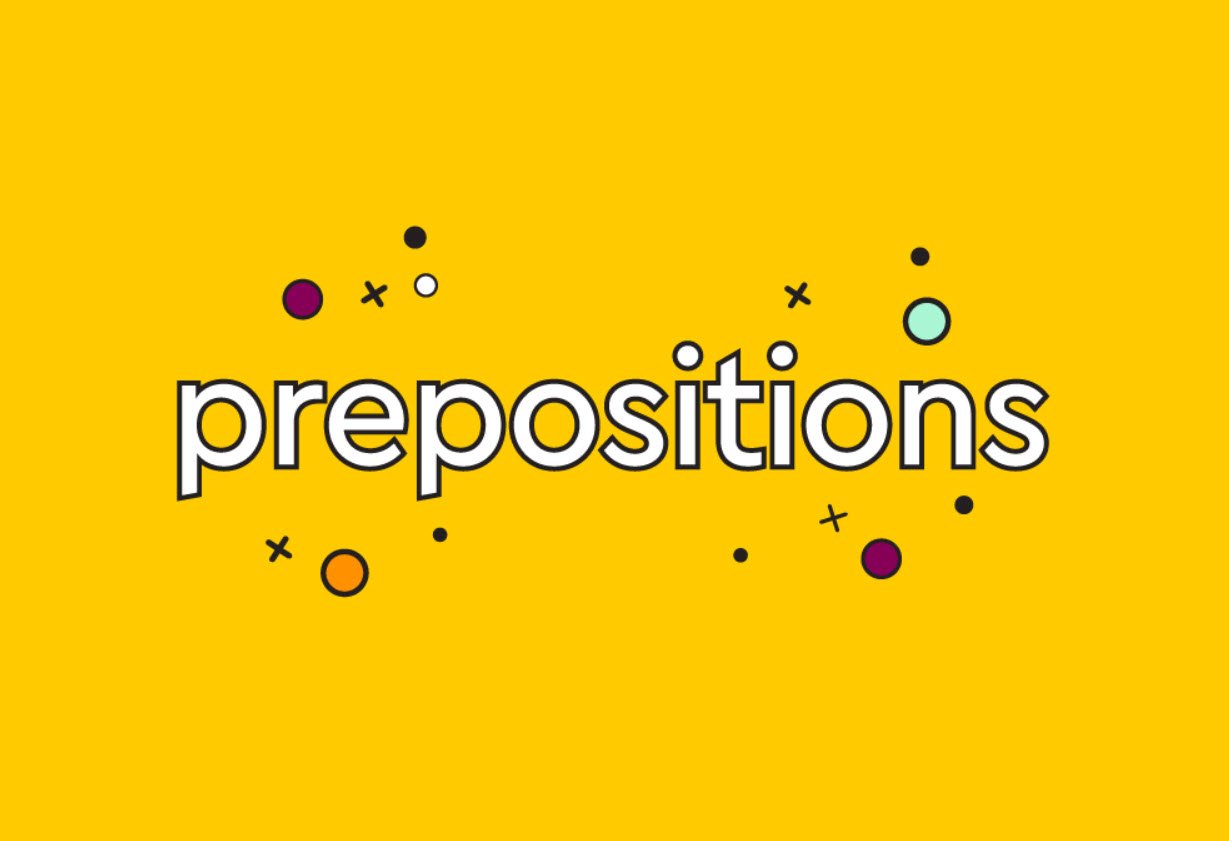
Parallel means two things (lines, objects, etc.) running next to each other, having the same space between them at all points. For example, look at the word “parallel” itself – the two ls in the middle are parallel to one another. Remember the spelling of the word, and you can remember its meaning; remember the meaning of the word and you can remember its spelling! There aren’t many words in English as convenient as that!
If two things are parallel, then we could consider them to be similar like objects in a mirror. Thus, parallelism in writing means parts of a sentence which have the same features.
Rules of Parallelism
There are a few important things to remember in parallelism, and they, fortunately, adhere to a few simple rules. Basically, when you are creating a list or
a comparison, you want to create balance and simplicity in the sentence by having all parts the same. That means:
1. Keep nouns with nouns
Example:
- Incorrect: He enjoys football more than playing baseball.
- Correct: He enjoys football more than baseball.
Why? In the first (incorrect) example, we have a noun (football) for the first part, and then a verb (playing baseball) for the second. We need to either make both parts nouns or both parts verbs.
2. Keep verbs with verbs, and keep them in the same tense
Example:
- Incorrect: Last weekend we ran, swam, and went bowling.
- Correct: Last weekend we ran, swam, and bowled.
- Correct: Last weekend, we went running, swimming, and bowling.
Why? In the incorrect example, we are mixing verb tenses. Although we have three verbs and no nouns or adjectives, it is important to keep the verbs in the same tense. In the second example, which is technically correct, we use the past simple (ran etc.) but it sounds a little weird. In the third example, we use past continuous, where the “-ing” form of all three verbs is the same.
3. Keep adjectives with adjectives
Example:
- Incorrect: The movie was fascinating and informed me about a lot of
- Correct: The movie was fascinating and informative.
Why? In the incorrect example, we mix adjective (fascinating) and verb (informed), whereas in the correct example we change to the adjective form (informative) so that we have two adjectives.
4. Articles and prepositions must apply to the first item in a list, or to all items
Example:
- Incorrect: The Chinese, the Japanese, Koreans, and Mongolians all come from East Asia.
- Correct: The Chinese, Japanese, Koreans, and Mongolians all come from East Asia.
- Incorrect: He looked in the fridge, on the counter, and stovetop for his dinner.
- Correct: He looked in the fridge, on the counter, and on the stovetop for his dinner.
Why? One of the important functions of parallelism is keeping a sentence logical and easy to understand. Switching from using articles and prepositions to not using them is confusing. We need to either use them with the first item in a list (such as in the first correct example above) or with all of them (such as in the second correct example).
An Extra Rule
This is not technically part of parallelism, but in parallelism, you might see a lot of commas used. I always use the Oxford Comma because it makes one’s writing so much clearer and more logical. I highly recommend you use it, too.
When to Use Parallelism
Here I will explain some situations when we can employ the above four rules to make our writing better. These types of situation will arise in all sorts of writing, including – potentially – both tasks in the IELTS writing exam.
In pairs and lists
If you are using “or” or “and” to form a list of items or ideas, you should ensure that all items or ideas in the list are presented using the same or similar form.
Example:
- Incorrect: He is good at studying history, English, and speaking French.
- Incorrect: He is good at studying history, in English class, and French.
- Correct: He is good at studying history, English, and French.
Why? Hopefully, by now, we can see the problems with the first two examples. When you’re making lists like this, and include multiple items or ideas, we have to watch out for mistakes like these.
In comparisons
Example:
- Incorrect: Walking home is as fast as to drive.
- Correct: Walking home is as fast as driving.
- Incorrect: Buying an iPhone is almost as expensive as a new laptop.
- Correct: Buying an iPhone is almost as expensive as buying a new laptop.
- Correct: An iPhone is almost as expensive as a new laptop.
Why? Make sure that the two things you’re comparing (walking and driving; iPhones and laptops) are presented in the same way. This looks different from the list form previously explored, but the technique for fixing mistakes is just the same
With paired words
Example:
- „ Incorrect: Learning IELTS by watching TED videos is both interesting and a convenience.
- „ Correct: Learning IELTS by watching TED videos is both interesting and
- „ Incorrect: She said she’d prefer to work hard to learn English than failing her exam.
- „ Correct: She said she’d prefer to work hard to learn English than fail her exam.
Why? Once again, we can see how different items in a sentence must be presented as parallels – i.e. with the same structure. With paired words we often see “and,” “either,” “rather,” etc. used to join words or phrases. Make sure that these are the same; for example, in the first instance we needed two adjectives, and in the second we needed the verb tenses to be the same.
Why Use Parallelism in the IELTS?
The IELTS writing exam is a fantastic test of English proficiency. There is no way to cheat or trick the system. You simply have to demonstrate your English level by writing an honest piece of work. The examiner will mark you on the following criteria:
- task achievement
- coherence and cohesion
- lexical resource
- grammatical range and accuracy
The last point on the list is “grammatical range and accuracy.” This means having a variety of sentence structures (simple, compound, complex, compound complex) and a mastery of verb tenses. Parallelism is something that most students don’t fully understand, yet it is not difficult to learn. I teach this to my students in one 90 minutes class, and by the end of the lesson, they understand it so well they are sick of my examples!
Like learning how to use a comma or semi-colon, it is not difficult, yet it is incredibly impressive. Your examiner will see your writing and mark you higher than other students on that basis.
Of course, like I said, there is no cheating the system – if all you know how to do is make your writing parallel and punctuated, it doesn’t help. But it is a huge boost to your armory of English language skills and will be a pleasant surprise for the examiner.
An IELTS Example of Parallelism
Let’s look at an incorrect example from an IELTS Writing Task 1 essay:
As a general trend, the chart shows that while the unemployment rate in the United States gradually decreased over the period shown, in Japan there was a significant increase.
Why is this incorrect? Because in the first part we use the phrase “gradually decreased” (an adverb + verb) and in the second we say “a significant increase” (adjective + noun). We should rephrase it to give parallelism thusly:
As a general trend, the chart shows that while the unemployment rate in the United States gradually decreased over the period shown, in Japan it significantly increased.
Let’s correct the following faulty parallelism from:
According to the data from the graph, in March 1993, 7% of Americans were unemployed, whereas the unemployment rate in Japan was just 2.4%.
To:
You may also like:According to the data from the graph, in March 1993, 7% of Americans were unemployed, whereas just 2.5% of Japanese were unemployed.
- 200 Essential Questions for Practicing One-Word Prepositions (With Answers)
- Understanding Nouns – The Five Types and Their Uses
- Top 9 Essential Tips To Help You Speak Clearly and Confidently
- Commonly Confused Words – A Guide to Clarifying Misused Terms
- Similar Words with Different Meanings – A Guide to Avoiding Common Confusion
- Learning French Nouns in Foreign Language Training
- How to Understand Basic Spanish – A Beginner’s Guide
- An Idiomatic Approach to Workplace Language – Solve the Exercise
- Mastering Prepositions – Practical Sentence Completion Exercise
- Mastering Common UK Abbreviations – A Practical Exercise








